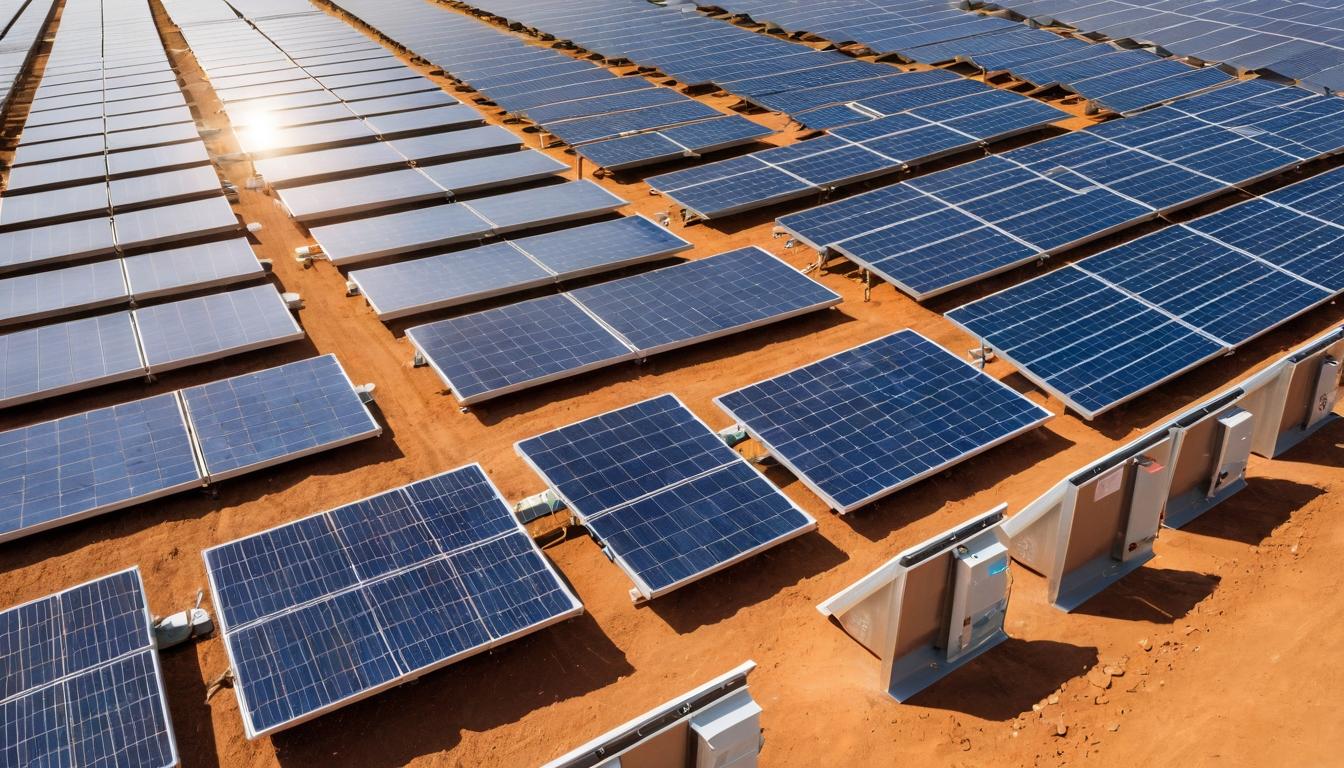Walking through the sprawling solar farm in California's Mojave Desert, the shimmering panels stretch to the horizon like a technological mirage. But beneath this clean energy utopia lies a dirty secret that few in the industry want to talk about: what happens when these panels reach the end of their 25-30 year lifespan? The answer might surprise you, and it's creating both a crisis and an opportunity that could reshape renewable energy as we know it.
Right now, we're standing at the edge of a solar waste tsunami. With solar installations growing at breakneck speed—global capacity increased by 22% in 2023 alone—we're creating tomorrow's environmental headache today. By 2050, the International Renewable Energy Agency estimates we'll have 78 million metric tons of solar panel waste. That's enough to fill over 3,000 Olympic-sized swimming pools with discarded silicon, glass, and toxic metals.
But here's where the story gets interesting. While most people see dead solar panels as trash, a handful of innovative companies see them as treasure. They're developing recycling methods that could recover up to 95% of a panel's materials, turning what was once considered waste into valuable commodities. The economics are becoming increasingly compelling as raw material prices soar and supply chain disruptions continue.
Take silver, for instance. Every standard solar panel contains about 20 grams of this precious metal. With silver prices hitting decade highs and solar manufacturing consuming 12% of global industrial silver demand, recovering this metal from retired panels could become a billion-dollar business. Then there's the silicon—high-purity polysilicon that's energy-intensive to produce but can be reclaimed and reused in new panels or other electronics.
The recycling process itself reads like something from a sci-fi novel. Companies like ROSI Solar in France are using thermal and chemical processes to separate panel layers with surgical precision. Others are experimenting with robotic disassembly lines that can identify different panel types and adapt their deconstruction methods accordingly. The goal: create a circular economy where today's solar panels become tomorrow's raw materials.
But the challenges are substantial. Current recycling costs often exceed the value of recovered materials, creating a financial gap that someone has to fill. Panel designs vary wildly between manufacturers, making standardized recycling difficult. And then there's the regulatory patchwork—some states mandate recycling while others treat solar panels as ordinary construction waste.
What's emerging is a quiet revolution in how we think about solar's entire lifecycle. Forward-thinking manufacturers are beginning to design panels with disassembly in mind, using snap-together components instead of permanent adhesives and labeling materials for easy identification. Some are even exploring leasing models where they maintain ownership of the panels and handle end-of-life recycling themselves.
This isn't just about environmental responsibility—it's becoming a competitive advantage. Companies that master recycling will have access to cheaper materials, reduced supply chain risks, and stronger green credentials that appeal to environmentally conscious consumers. The European Union's circular economy action plan is already pushing manufacturers toward greater responsibility for their products' entire lifecycle.
The human element of this story is equally fascinating. I met Maria Rodriguez, who runs a small solar installation company in Arizona. She told me about the growing number of calls she gets from homeowners whose early-adopter panels are now failing. They want to upgrade to more efficient models but don't know what to do with the old ones. This grassroots demand is creating opportunities for local recycling startups that can handle the logistical nightmare of collecting panels from scattered residential locations.
Meanwhile, researchers are pushing the boundaries of what's possible. Teams at the National Renewable Energy Laboratory are developing processes to recover not just the obvious materials but also the trace elements that make panels work—elements like gallium and indium that are rare, expensive, and often sourced from geopolitically unstable regions.
The implications extend far beyond solar. The lessons learned here could transform how we handle electronic waste across all industries. If we can crack the code on solar panel recycling, we might finally develop the blueprint for a truly circular economy where nothing is wasted and everything has value.
As I left the solar farm, watching the panels track the setting sun, I realized we're at a critical juncture. The decisions we make now about solar recycling will determine whether this clean energy revolution becomes another environmental burden or the model for sustainable technology. The panels themselves are just the beginning—the real innovation is happening in the recycling facilities, research labs, and boardrooms where people are reimagining what happens after the sun sets on solar's first generation.
The hidden revolution in solar panel recycling and what it means for the industry

